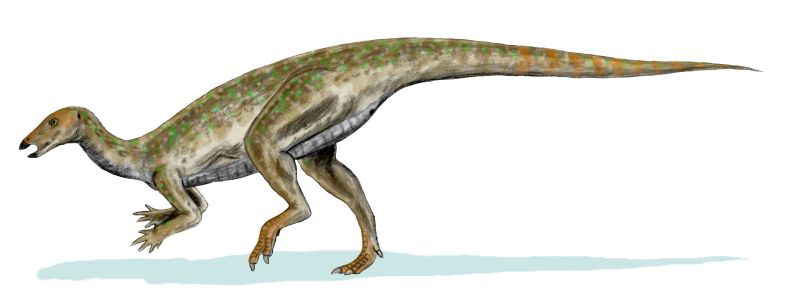Dinosaurs, those magnificent creatures that dominated our planet for over 165 million years, continue to captivate our imagination. While paleontologists have made remarkable discoveries about their physical characteristics, habitats, and behaviors, one question remains particularly elusive: Did dinosaurs have a language or sophisticated communication systems?
This article explores various theories about dinosaur communication, examining evidence from fossil records, comparative studies with modern animals, and scientific conjectures about how these prehistoric creatures might have interacted with each other.
The Challenges of Studying Prehistoric Communication
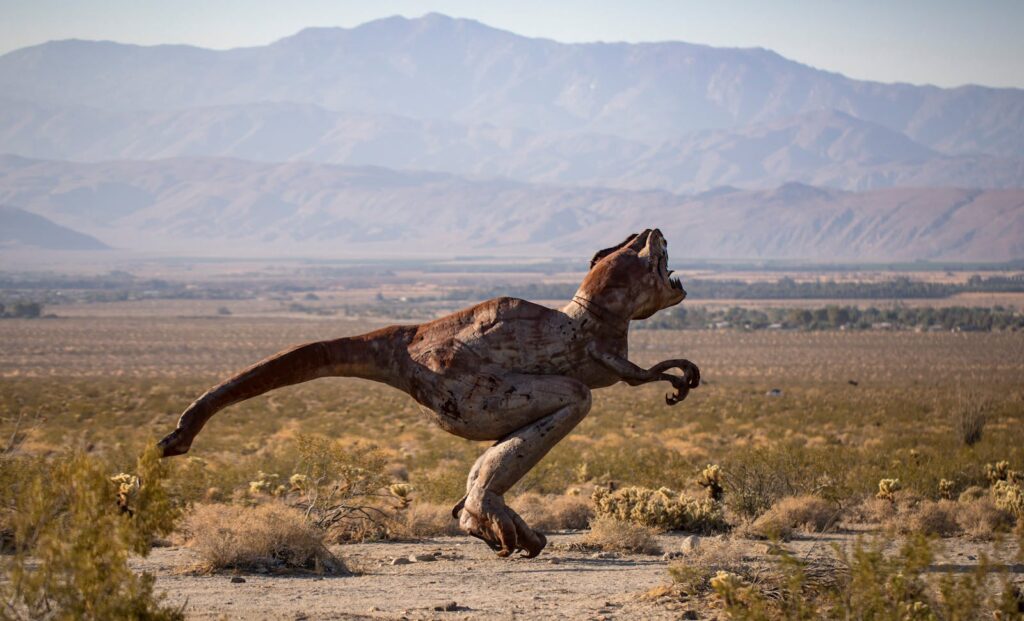
Investigating dinosaur communication presents unique challenges that don’t exist when studying living species. Unlike modern animals, whose vocalizations, body language, and social behaviors can be directly observed, dinosaurs left behind only fossil remains that rarely preserve soft tissues or behavioral evidence. Paleontologists must rely on indirect methods, including comparative anatomy, phylogenetic bracketing (comparing dinosaurs to their closest living relatives), and fossil evidence of social structures.
Additionally, sound-producing organs typically don’t fossilize well, leaving researchers to make educated inferences based on skull structures, air passages, and other anatomical features that might suggest vocalization capabilities. Despite these limitations, several compelling theories have emerged about how dinosaurs might have communicated.
Anatomical Evidence for Vocalization

Some dinosaur fossils provide tantalizing clues about potential sound-producing capabilities. The hadrosaurs, or duck-billed dinosaurs, possessed elaborate hollow crests that connected to their nasal passages. These structures, particularly evident in species like Parasaurolophus with its six-foot-long hollow tube-like crest, likely functioned as resonating chambers for producing distinctive calls. Computer models simulating air passing through these crests suggest they could have produced low-frequency sounds between 48 and 240 Hz.
Other dinosaurs, like the lambeosaurines, had different crest shapes that would have created unique sound signatures, potentially allowing for species recognition or individual identification within social groups. These specialized structures strongly suggest that at least some dinosaur species had sophisticated vocal communication systems.
The Avian Connection: What Birds Tell Us About Dinosaur Communication
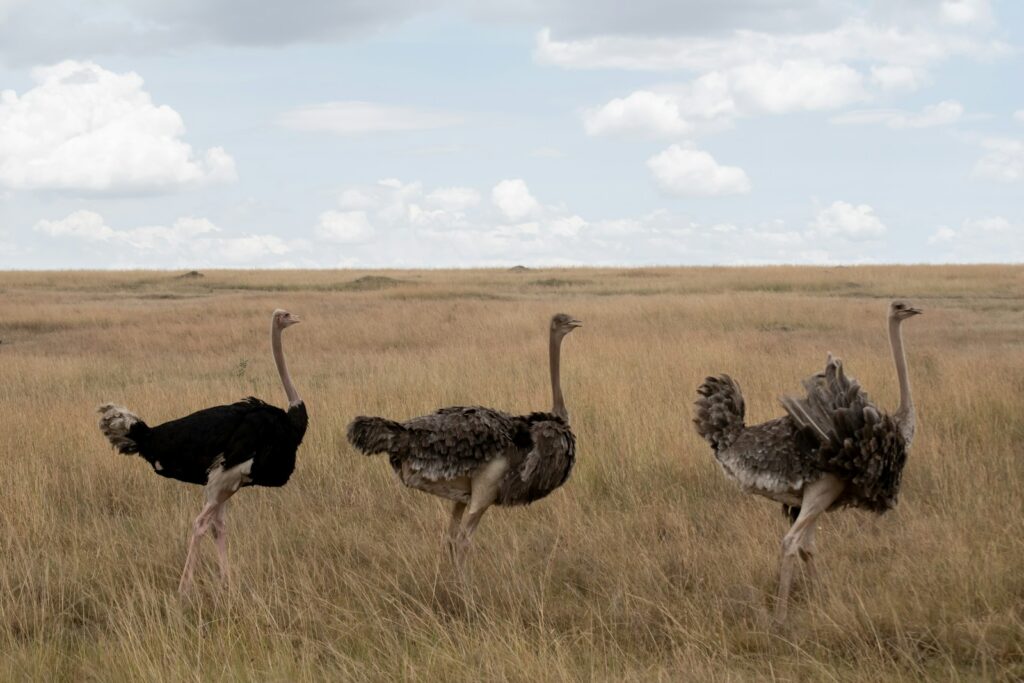
Modern birds, as the direct descendants of theropod dinosaurs, provide crucial insights into potential dinosaur communication systems. Birds have developed some of the most complex vocal communication systems in the animal kingdom, with many species using elaborate songs and calls for territory defense, mate attraction, and social coordination. The phylogenetic connection between birds and dinosaurs suggests that the foundations for these communication abilities may have begun developing within certain dinosaur lineages.
Particularly relevant are the complex vocalizations of ratites like ostriches and emus, which are considered more basal (primitive) among birds but still exhibit varied communication through booms, hisses, and other vocalizations. This evolutionary connection strengthens the likelihood that at least some dinosaurs, particularly the more bird-like theropods, had meaningful vocal communication systems rather than just simple reptilian hisses or grunts.
The Syrinx Mystery: Did Dinosaurs Have Voice Boxes?

A critical question in dinosaur vocalization research centers on whether these animals possessed a syrinx, the specialized voice box found in birds, or something more like the larynx found in mammals and reptiles. In 2016, researchers discovered the oldest known fossilized syrinx in Vegavis iaai, a Late Cretaceous bird that lived alongside the last non-avian dinosaurs about 66-68 million years ago. This finding raises intriguing questions about when the syrinx evolved along the dinosaur-bird evolutionary line.
Some paleontologists hypothesize that certain non-avian dinosaurs may have had early versions of the syrinx, which would have allowed for more complex vocalizations than typical reptiles. Alternatively, non-avian dinosaurs might have relied primarily on laryngeal vocalizations similar to those produced by crocodilians (their other closest living relatives), which can include grunts, hisses, and bellows for territorial and mating displays. The truth likely varies considerably across different dinosaur groups.
Low-Frequency Communication in Large Dinosaurs
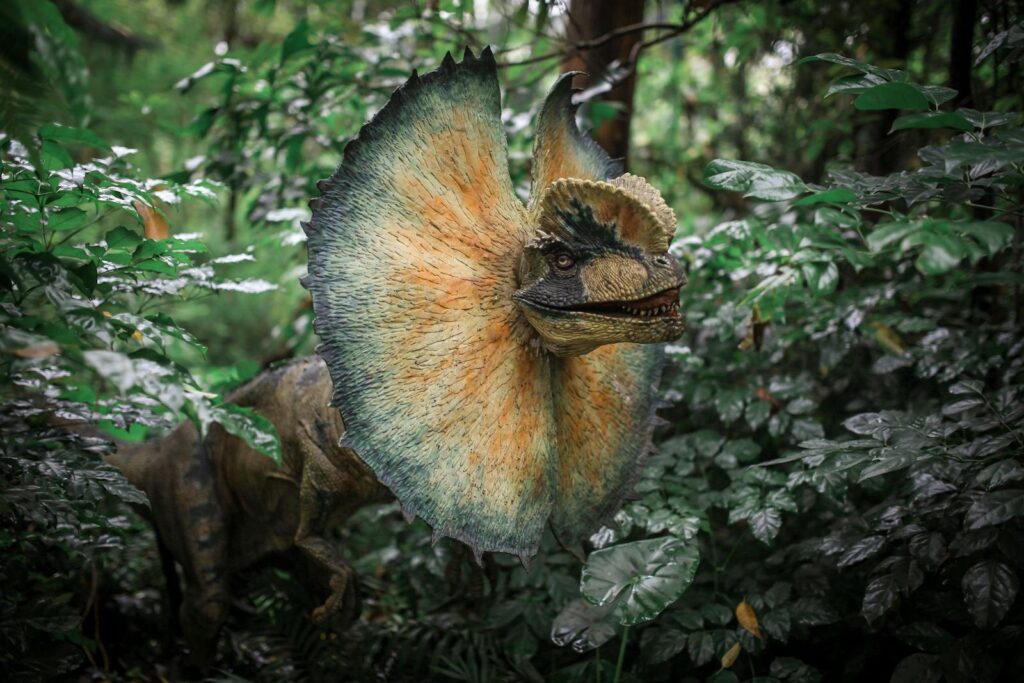
Many of the largest dinosaurs, particularly sauropods like Brachiosaurus and Apatosaurus, may have utilized low-frequency communication similar to that observed in modern elephants and whales. The physics of sound production suggests that larger animals typically produce deeper, lower-frequency sounds that can travel over long distances. Paleontologist Philip Senter has suggested that the long necks of sauropods would have been well-suited for producing and detecting infrasound—sounds below the range of human hearing that can travel for miles.
This form of communication would have been advantageous for these massive creatures, allowing them to coordinate movements across vast territories, maintain contact with herd members, or signal danger. Computer models of some sauropod skulls indicate they could have produced sounds as low as 5 Hz, well below human hearing range but potentially useful for long-distance dinosaur communication.
Visual Displays and Physical Communication

Beyond vocalizations, dinosaurs likely employed visual displays as key communication tools. The elaborate frills of ceratopsians like Triceratops, the bony head crests of hadrosaurs, and the dramatic sail of Spinosaurus may have served multiple purposes, including species recognition and mate attraction. Recent research on dinosaur coloration, made possible by analyzing melanosomes (pigment-containing structures) in exceptionally preserved fossils, has revealed that some dinosaurs had striking color patterns that could have functioned as visual signals.
The discovery that Sinosauropteryx had a banded tail and Microraptor exhibited iridescent feathers suggests these features may have played roles in communication. Additionally, the elaborate head-butting behaviors seen in modern animals like bighorn sheep might have parallels in thick-skulled pachycephalosaurs, representing a physical form of communication related to establishing dominance hierarchies or competing for mates.
Social Structures and Communication Needs
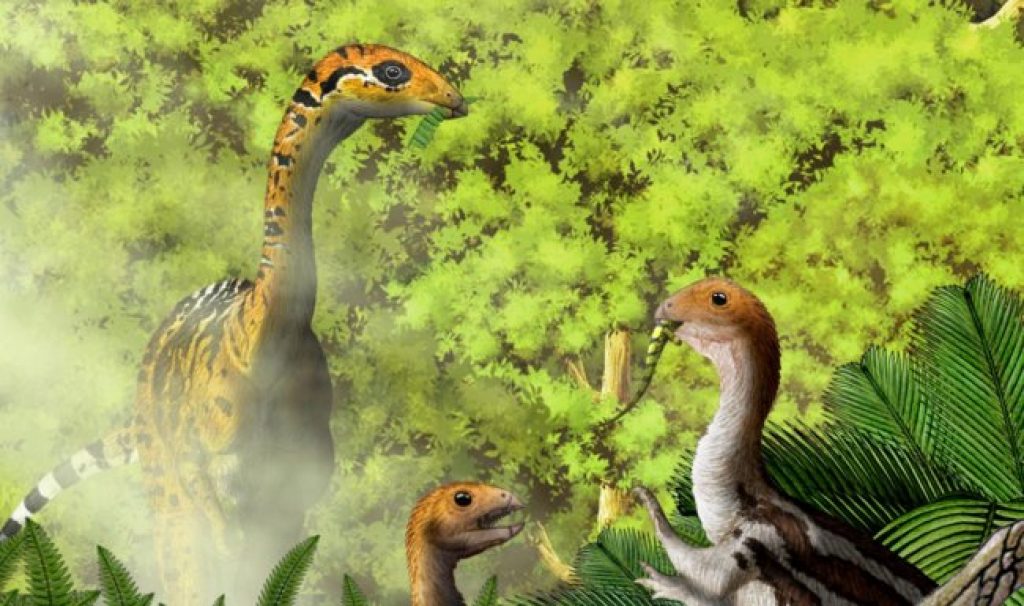
The complexity of an animal’s communication system typically correlates with its social structure, with more social species developing more sophisticated methods of interaction. Fossil evidence strongly suggests many dinosaur species were highly social, living in herds, packs, or family groups. Massive bonebeds containing remains of hundreds of individuals of the same species, such as those found for Coelophysis, Maiasaura, and Edmontosaurus, indicate these animals lived and died together in large groups. Such social structures would have necessitated methods to coordinate movement, warn of predators, establish hierarchies, and maintain group cohesion.
The discovery of trackways showing multiple individuals traveling together further supports the idea that many dinosaurs required effective communication systems to maintain their complex social lives. The communication needs of highly social dinosaurs would likely have driven the evolution of more sophisticated signaling methods compared to more solitary species.
Parental Communication with Offspring
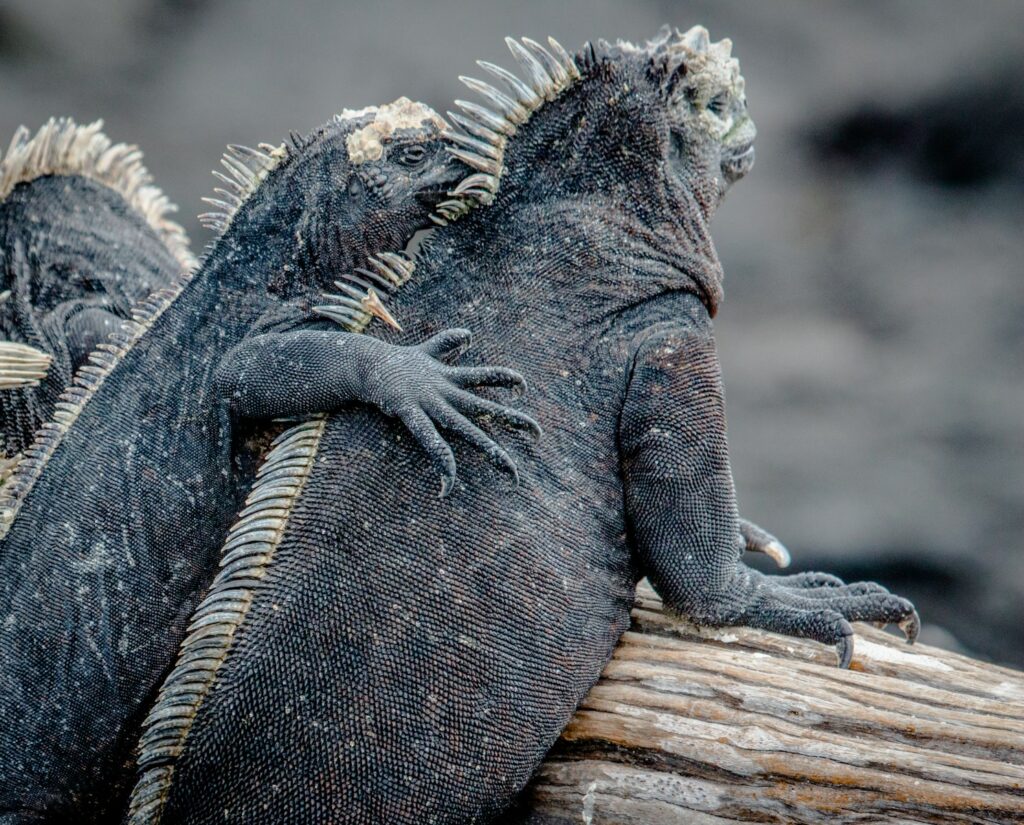
Evidence for parental care in dinosaurs suggests another important context for communication. Nests containing multiple eggs and juvenile specimens have been discovered for various species, most famously for the duck-billed dinosaur Maiasaura, whose name literally means “good mother lizard.” For such care to be effective, parent dinosaurs would have needed ways to communicate with their offspring.
Modern birds and crocodilians, the closest living relatives of dinosaurs, both exhibit parent-offspring communication, from the distinctive calls that alert crocodile hatchlings to emerge from their eggs to the complex vocal interactions between bird parents and their chicks.
Young dinosaurs likely responded to parental calls or visual cues, helping them locate food, avoid danger, and recognize family members. The 2016 discovery of an exceptionally preserved baby Parasaurolophus skull suggests these dinosaurs could hear and potentially vocalize from a very young age, supporting the theory that vocal communication played a role in dinosaur family dynamics.
Chemical Communication Possibilities

While less obvious in the fossil record, chemical communication may have been significant for dinosaurs, as it is for many modern reptiles and birds. Scent marking territory, releasing pheromones during breeding seasons, or using olfactory cues to recognize kin are all possibilities for how dinosaurs might have used chemical signals. Some dinosaurs had relatively large olfactory lobes in their brains, suggesting a well-developed sense of smell that could have facilitated chemical communication.
Tyrannosaurus rex, for instance, had some of the largest olfactory bulbs relative to brain size among dinosaurs, indicating a highly developed sense of smell that might have been used not only for hunting but also for social interactions. The discovery of specialized glands in some fossil specimens has led some researchers to hypothesize that certain dinosaurs may have had scent glands similar to those used by modern animals for marking territory or signaling reproductive status.
Tactile Communication Among Dinosaurs

Physical touch represents another potential communication channel for dinosaurs, particularly among individuals with close social bonds. Modern birds frequently engage in preening behaviors, not only for hygiene but also to reinforce social bonds. Similar mutual grooming behaviors might have existed among certain dinosaur species, especially those with complex social structures. The discovery of dinosaur nests with multiple juveniles suggests prolonged periods where young dinosaurs lived in close proximity, potentially engaging in physical interactions as part of their social development.
Fossil evidence of dinosaurs preserved in close physical proximity to one another, such as specimens of Deinonychus and certain oviraptorids, hints at tactile communication being an important aspect of dinosaur social life. For dinosaur parents caring for their young, tactile communication through nudging, guiding, or protective behaviors would have been vital for offspring survival.
Comparative Studies with Modern Reptiles

Crocodilians, as the closest living non-avian relatives of dinosaurs, provide another window into possible dinosaur communication systems. Modern alligators and crocodiles use a variety of vocalizations, including infrasound below that can travel long distances through both air and water. During mating season, male alligators produce low-frequency rumbles that cause the water above their submerged bodies to “dance,” creating both auditory and visual signals to potential mates and rivals.
Crocodilians also use sophisticated head and body movements in social contexts, from subtle head raises that signal dominance to full-body postures that communicate territorial claims. The complex communication systems observed in these reptiles, which shared a common ancestor with dinosaurs about 250 million years ago, suggest that non-avian dinosaurs likely had communication capabilities exceeding those of most modern reptiles, potentially incorporating elements seen in both crocodilians and birds.
The Question of Language Versus Communication

While evidence strongly suggests dinosaurs communicated in various ways, true language—with syntax, grammar, and symbolic representation—was almost certainly beyond their capabilities. Language as humans understand it involves complex neural structures and cognitive abilities that evolved relatively recently in our lineage.
Dinosaur communication systems were likely more comparable to those of modern birds and mammals—sophisticated but lacking the infinite generativity and abstract capabilities of human language. Their communication probably consisted of a finite repertoire of calls, displays, and signals with specific meanings related to immediate survival needs like danger warnings, territorial claims, mating availability, and food location.
These systems, while not meeting the technical definition of language, could still have been remarkably complex and effective for their ecological contexts. The communication capabilities of the most intelligent dinosaurs, particularly among certain theropods like Troodontids that had relatively large brain-to-body ratios, may have approached the complexity seen in corvids (crows and ravens) or parrots today.
Future Research Directions in Dinosaur Communication

Advancing technology continues to open new avenues for investigating dinosaur communication. CT scanning and digital reconstruction allow researchers to model the acoustic properties of dinosaur skull structures and potential resonating chambers with unprecedented accuracy. The emerging field of paleoneurology, which studies fossilized brain cases, provides insights into which brain regions related to sensory processing and communication were well-developed in different dinosaur species.
Comparative genomics between birds and crocodilians may eventually reveal when genes related to vocalization and communication evolved, potentially allowing inferences about their presence in dinosaurs. Additionally, the discovery of exceptionally preserved fossils in amber or fine sediments sometimes reveals soft tissues or impressions that can inform our understanding of structures related to communication.
As research methods continue to advance, our picture of dinosaur communication capabilities will become increasingly refined, though some aspects will likely remain speculative due to the inherent limitations of the fossil record.
Conclusion: The Voices of a Lost World

While we may never be able to “hear” exactly how dinosaurs communicated, scientific evidence increasingly suggests these animals had complex and varied systems for interacting with each other. From the resonating chambers of hadrosaur crests to the likely infrasound rumblings of giant sauropods, from visual displays using colorful feathers to chemical signals marking territory, dinosaurs almost certainly employed multiple communication channels suited to their specific ecological niches and social structures.
The communication systems of these remarkable animals probably existed on a spectrum of complexity, with highly social and cognitively advanced species utilizing more sophisticated methods than their more solitary or less encephalized relatives. As research continues, each new fossil discovery and analytical technique brings us closer to understanding how dinosaurs shared information with each other across the prehistoric landscape, helping us piece together not just how these animals looked, but how they behaved and interacted during their 165-million-year reign on Earth.


